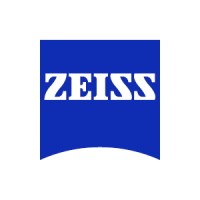
Atlas Copco Group
Atlas Copco Group enables technology that transforms the future. We innovate to develop products, services and solutions that are key to our customers’ success. Our four business areas offer compressed air and vacuum solutions, energy solutions, dewatering and industrial pumps, industrial power tools and assembly and machine vision solutions. In 2023, the Group had revenues of BSEK 173, and at year end about 53 000 employees.






